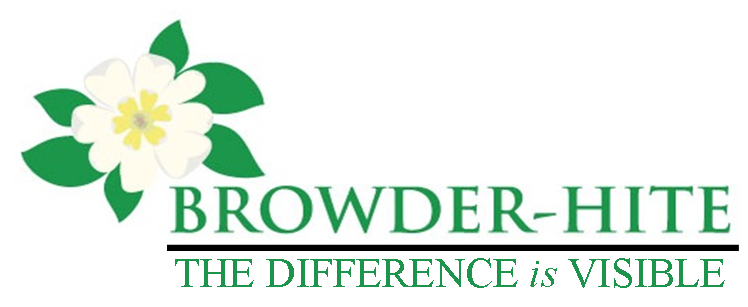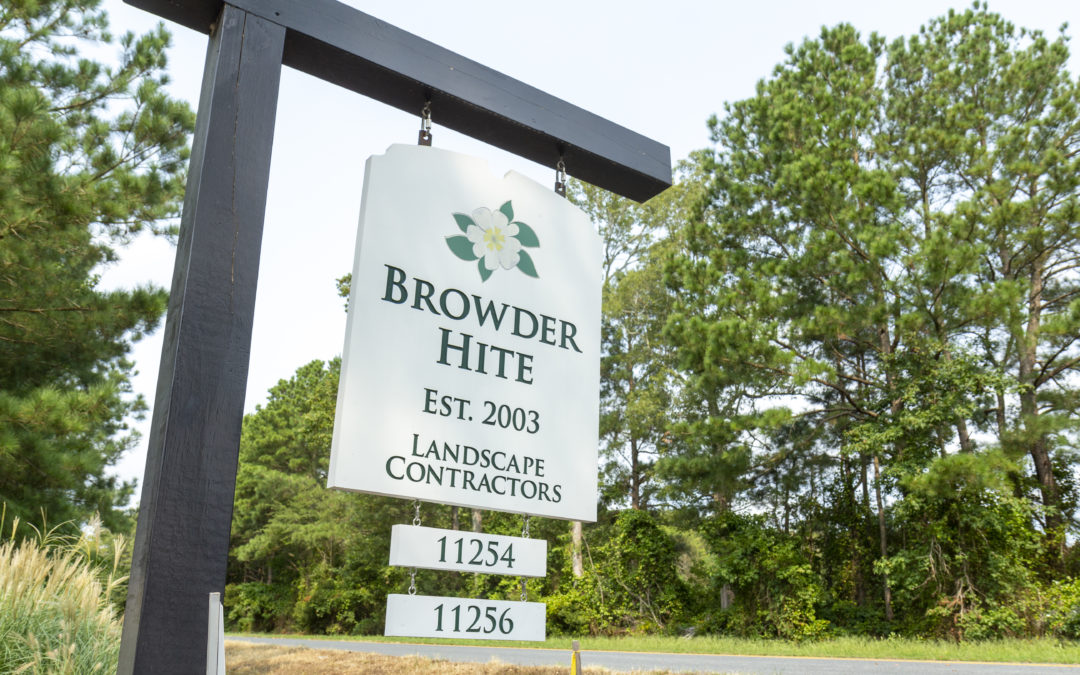White grubs are…out of site and out of mind. That is, until they begin feeding on the roots of your lawn and cause serious, perhaps permanent, damage. Grubs live and feed in the soil. You’d be forgiven if you miss seeing their damaging and cutting habits until it’s too late. Japanese beetles and June bugs are the two most common white grubs found in lawns. Simply stated, these grubs form after the adults lay eggs near their feeding sites in July and August. The eggs grow into pupae who eat your lawn’s valuable roots during the fall and spring months. Many times the damaged areas of your lawn will go unnoticed during the fall or spring due to cooler temperatures. Cool temperatures prevents damaged turf from initially showing signs of damage. Once hotter summer weather begins, the turf immediately becomes stressed and damage shows itself in the form of large patches of brown grass. Many people assume the lawn is not receiving enough water or is diseased. An easy way to tell if grubs are the culprit is to lift up the dead grass with your hand. If it easily peels back, grubs are most likely the culprit. When exposed, white grubs curl up and form a “c” shape.
Making insecticide treatments with products that contain the active ingredient imidacloprid can be very effective if applied during June or July. Applications outside of this time frame can lead to erratic or unsuccessful results, wasting both time and money.
Some common questions:
- There’s a lot of information on the internet about grub control. How do I know what control methods are best? While there may be some conflicting or hard to understand information on the internet, you can trust the professionals at Browder-Hite to give you concise, direct information that leads to great results. If you have a question about timing, cost or the best method to use, call us and we’ll be happy to chat.
- Will my lawn come back after grub damage? The unfortunate answer is most likely, no. It will need to be reseeded in the fall or re-sodded at the proper time. For warm season lawns such as zoysia and bermuda, the best time to re-sod is during the spring through the fall. For cool season lawns such as tall fescue, the best time to re-seed is September through November. Tall fescue sod can be laid any time the ground isn’t frozen.
- Will the grubs go away by themselves or die in the winter? Unfortunately, no. They dig deeper after about August 15 to begin protection against cooler weather. They come back to the surface in spring to begin their feeding once again. Applications of properly timed insecticide (either traditional or natural) must coincide with peak grub feeding periods.
- I’ve heard a lot about milky spore. Does it work? Yes, milky spore works. It can help reduce populations of white grubs by a substantial factor, coincidentally also reducing mole populations (moles love to eat white grubs!). It must be applied 2-3 times a year for 2 years when the soil temperature is 65-70 degrees. It will control white grubs for 15-20 years once it becomes soil active. Please call us to discuss this unique treatment method.
White grubs are some of the most troubling and invasive lawn pests on the East Coast. They can slowly eat their way through turf root systems, damaging your beautiful lawn and investment. Proper treatments at the right time are key to controlling these destructive subterranean pests. There are natural and traditional methods to eliminate white grubs from your lawn. Call the lawn experts at Browder-Hite today to find out how to get started. 757-442-5296.

